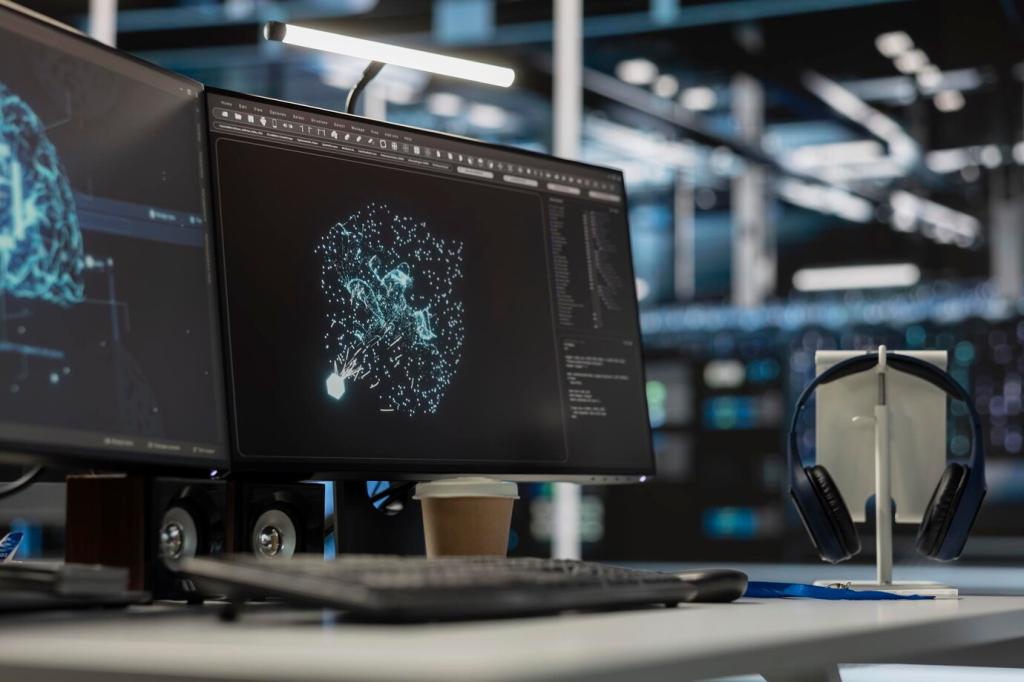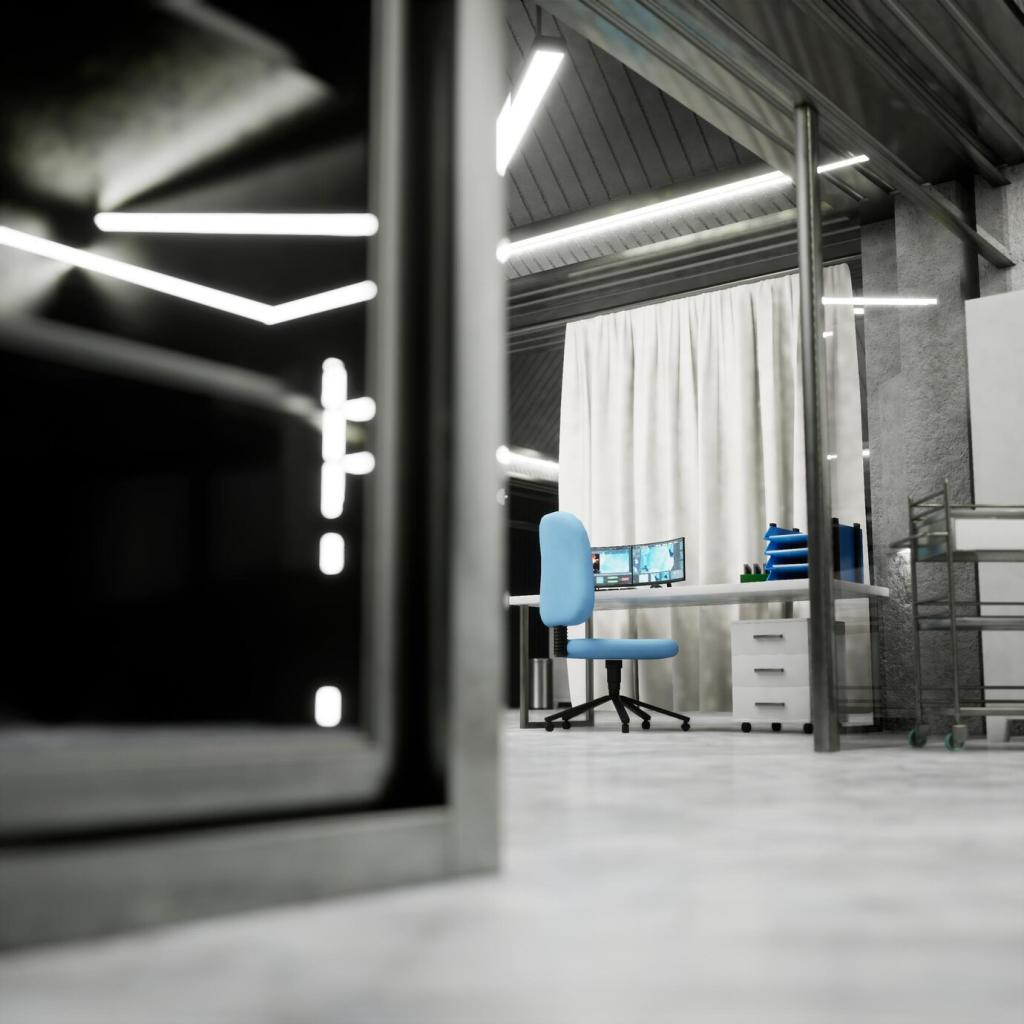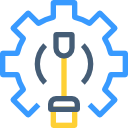Chosen theme: Emerging Trends in Warehouse Automation Platforms. Explore how next‑gen orchestration, AI, and robotics converge to transform operations—from receiving to last-mile staging—while keeping people safer, faster, and focused on value. Join the conversation, share your lessons, and subscribe for future deep dives.
Unified Orchestration: The Brain of Modern Warehouses
Early systems controlled discrete machines; today’s platforms optimize end-to-end flow across zones. They balance waves, prioritize hot orders, and reroute tasks around congestion, making every robot, picker, and tote part of a coordinated, dynamic choreography.
Unified Orchestration: The Brain of Modern Warehouses
A Midwest 3PL layered orchestration atop mixed-vendor AMRs and manual picking. Within six weeks, dynamic task assignment reduced empty travel by 28%, and supervisors reported calmer shifts because the platform surfaced issues before they snowballed.


AI-Driven Slotting, Picking, and Labor Forecasting
Predictive Slotting That Adapts to Seasonality
Instead of quarterly reshuffles, AI models continuously re-slot based on velocity shifts, affinity pairs, and cube constraints. Teams report fewer stockouts at golden zones and measurable reductions in overtime during peak promotional periods.


Smart Task Batching and Path Optimization
Platforms now cluster tasks using graph algorithms and reinforcement learning. They minimize cross-aisle zigzags, align picks with lift availability, and even account for battery health, turning micro-optimizations into thousands of saved footsteps every shift.
Digital Twins and Simulation for Risk-Free Experimentation
Why a Virtual Warehouse Pays for Itself
By simulating demand profiles and equipment failures, leaders compare scenarios—more AMRs, different pick paths, or adjusted break schedules—without disrupting operations. Insights guide capex and stepwise pilots that build momentum and confidence.
Calibration: The Secret Sauce
A twin is only as good as its data. Teams sync sensor feeds, historical order patterns, and maintenance logs to continuously recalibrate. Over time, the model becomes a living mirror that predicts bottlenecks with uncanny accuracy.
Engage: Your Next What‑If
If you could test one risky change tomorrow, what would it be? Share your scenario—new pack stations, altered waves, or revised slotting—and we’ll outline an experiment plan you can run inside a digital twin safely.
Edge Computing, Sensors, and Real-Time Decision Loops
Closing the Loop at Millisecond Scale
Edge nodes fuse barcode scans, weight checks, and safety light curtains. They resolve jams, redirect totes, and throttle feeds locally, ensuring continuity when network conditions degrade or cloud services temporarily become unavailable.
Condition Monitoring Becomes Action
Vibration and thermal sensors detect early wear on rollers and lifts. Platforms automatically schedule maintenance windows, reorder spare parts, and re-route loads, turning downtime risks into planned, bite-sized interventions during low-demand periods.
Anecdote: The Jam That Never Happened
During peak, a sensor pattern flagged a diverter misalignment. Edge logic slowed the upstream zone and notified techs. The potential jam never materialized, saving two hours of rework and preserving on-time dispatch metrics for the day.



Designing for Trust and Flow
Interfaces spotlight what matters: task context, urgency, and next best action. Clear cues make human‑robot interactions predictable, while safety envelopes and visual status indicators reduce anxiety during busy, high‑density picking windows.
Upskilling as a Competitive Advantage
Cross‑training on platforms creates resilient teams. Associates learn exception handling and light maintenance, building pride and career paths. Sites report fewer errors, higher engagement, and faster onboarding for seasonal hires during peak demand periods.
Anecdote: From Skeptic to Champion
A veteran picker doubted cobots until a shoulder strain sidelined him. After a week on assisted lifts and guided picks, he cut errors in half and volunteered to mentor new hires on safe, efficient human‑robot teamwork.
Sustainability and Cost: Energy-Aware Automation
Instead of static charge schedules, platforms predict charge needs from mission queues and battery health. They stagger top‑ups, avoid deep cycles, and preserve fleet availability while reducing energy cost and extending asset lifespan.
